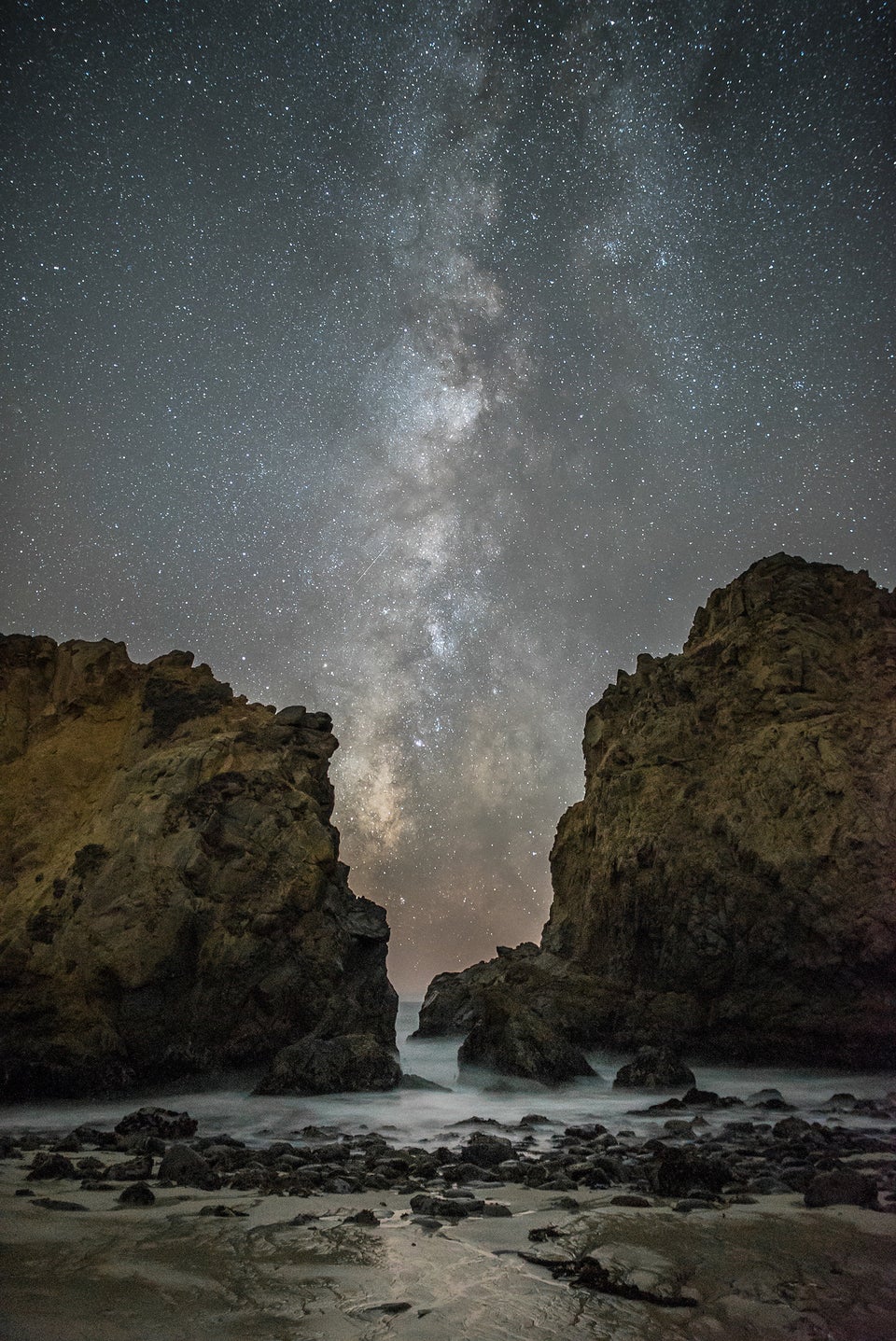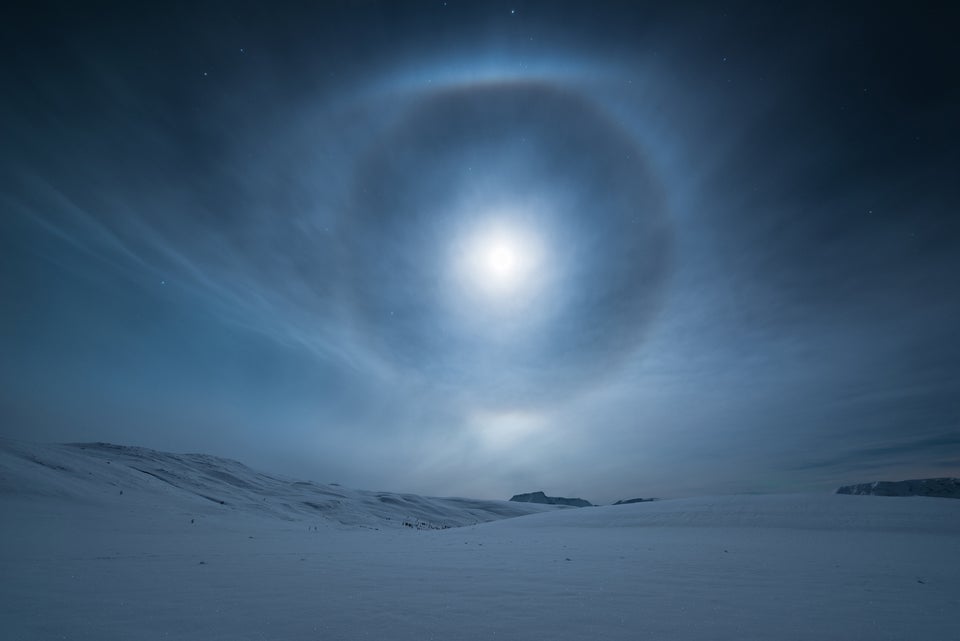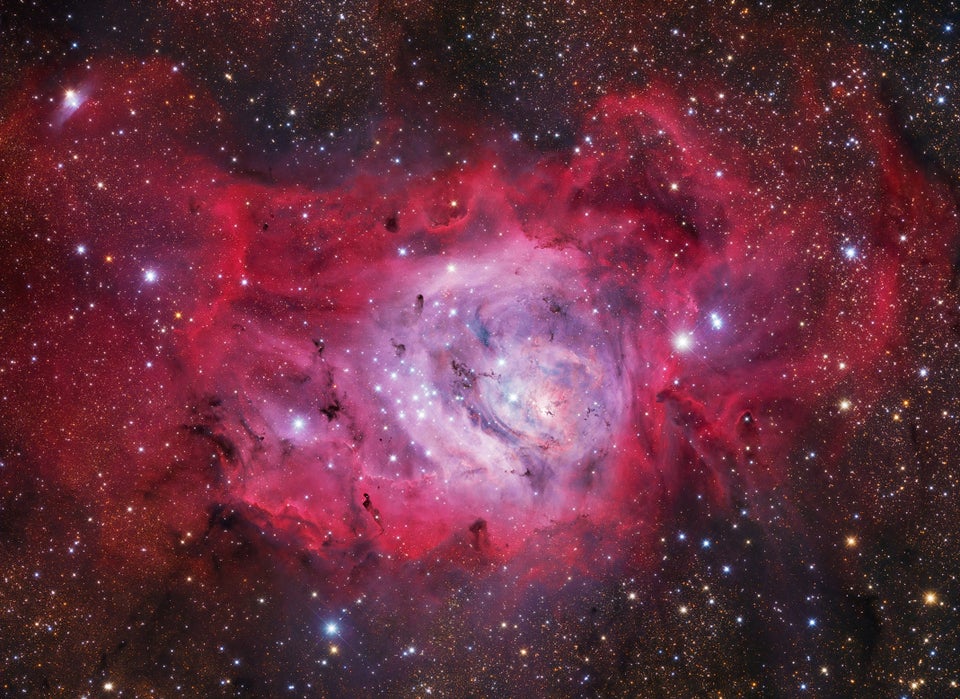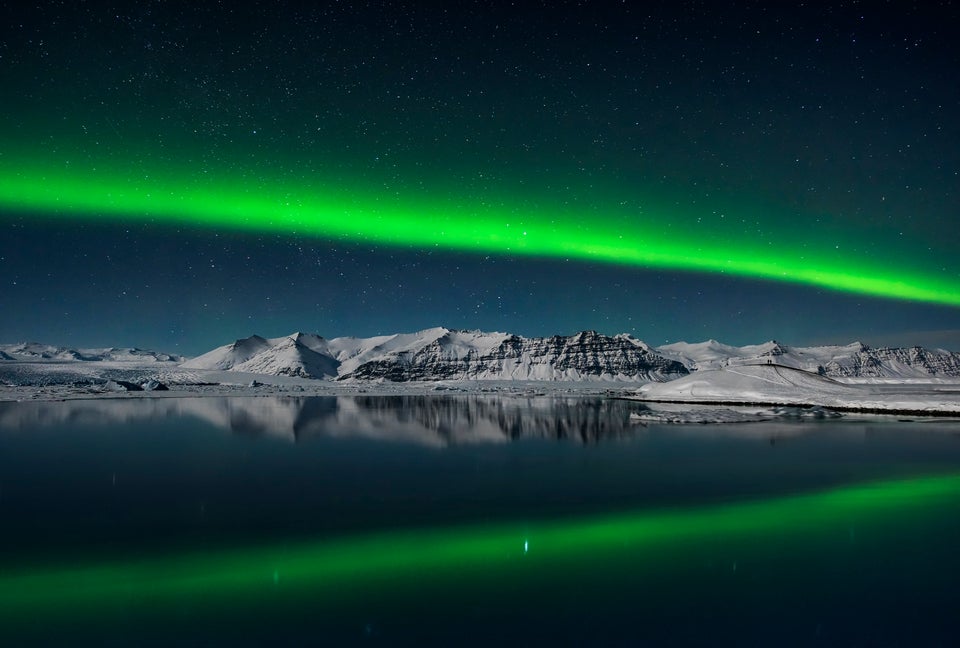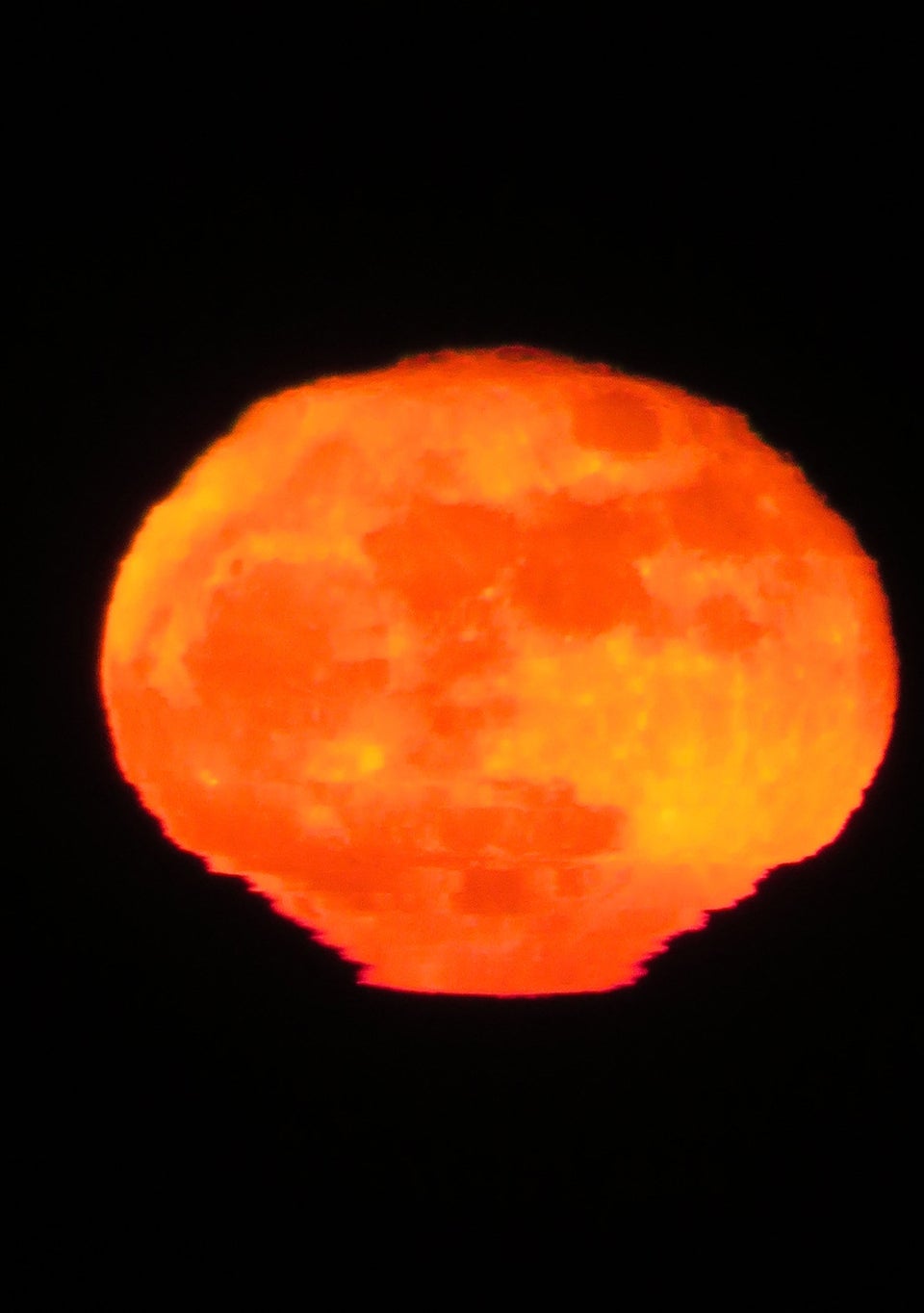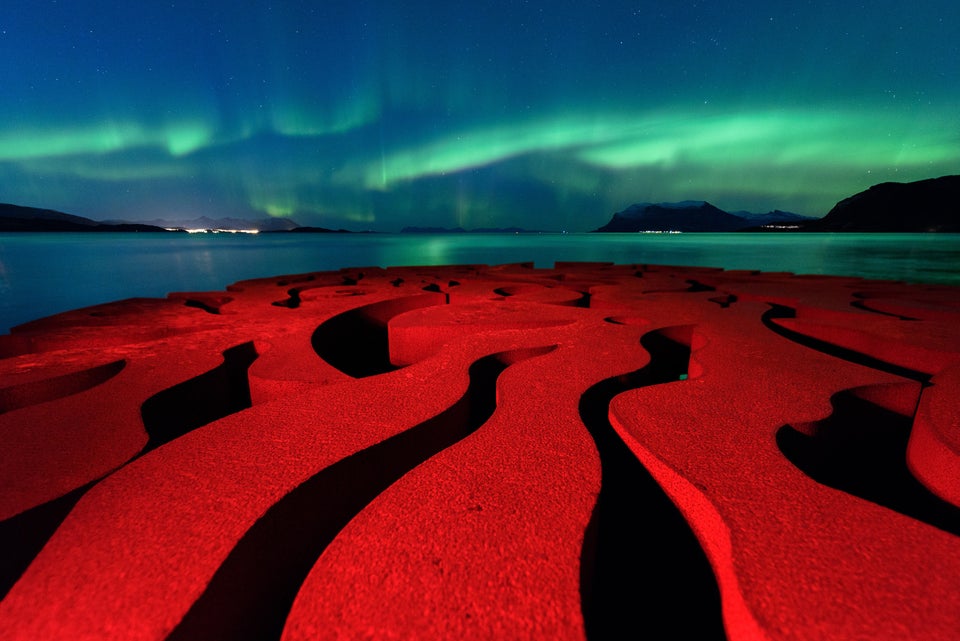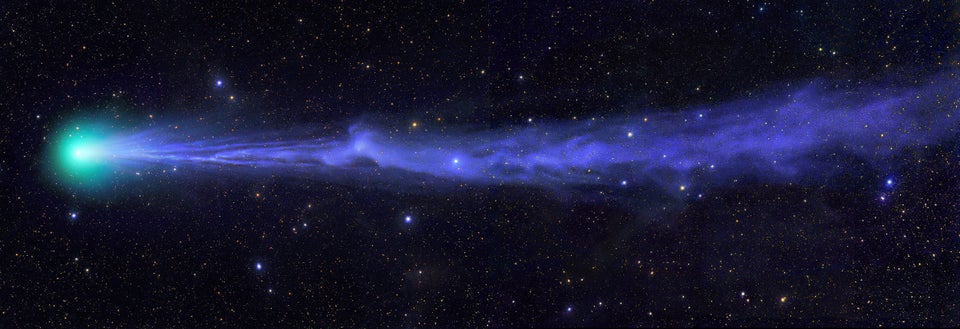Despite searching into the deep depths of the Universe there are still many things that we don’t understand about our own planet.
One of those unknowns is Earth’s core - the molten ball that maintains our planet’s magnetic shield against the Sun’s deadly radiation and effectively keeps everything we know and love in one piece.

It is thought that right at the centre of the Earth is a giant metallic ball, mostly comprised of iron and nickel. However scientists have always long suspected that there was another element present, hidden from view.
Well scientists from Japan’s University of Tohoku believe they now know what that missing element is: silicon.
While iron makes up around 85 per cent of the core (with nickel following with 10 per cent) there was always a five per cent gap that needed to be filled.
Our core is around 3,000km below us. To put that into perspective, the deepest mines in the world reach just 4km and take humans an hour to reach the bottom.
To discover this missing element the team did something rather remarkable, they recreated the Earth’s core here on the surface.
By taking composites of iron, nickel and silicon and then subjecting them to immense quantities of heat and pressure they found that the results matched those seen in the seismic data of our own core.

Understanding the components that make up our planet’s core can help scientists paint a picture of both how the Earth took form but also how our atmosphere was able to develop.
Speaking to the BBC’s Rebecca Morelle Prof Simon Redfern from the University of Cambridge, UK, explained: “These difficult experiments are really exciting because they can provide a window into what Earth’s interior was like soon after it first formed, 4.5 billion years ago,”
This has been an exciting year for discovering more about what lies beneath the surface of our planet.
Scientists recently announced that they had discovered a vast ‘jet stream’ of molten iron heading for Canada.
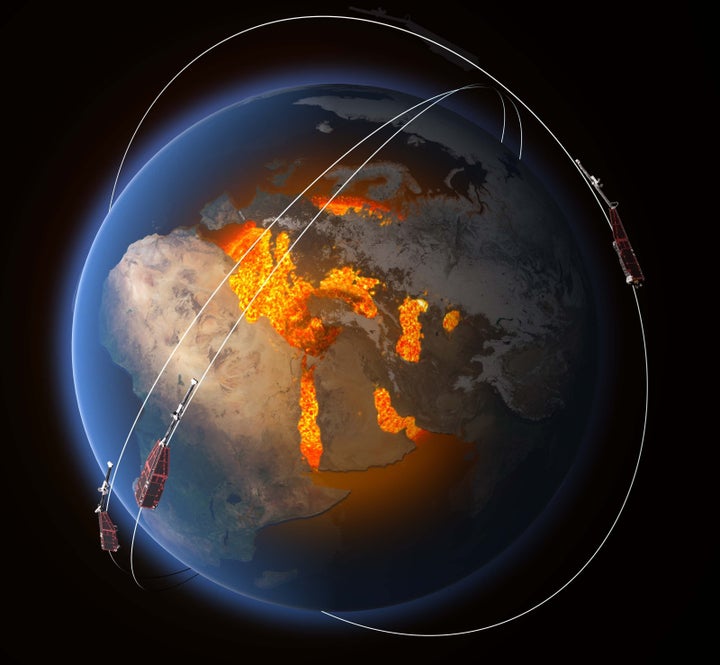
The incredible phenomenon was detected for the first time thanks to a swarm of tiny satellites currently orbiting the planet.
By detecting tiny changes in the Earth’s powerful magnetic field scientists have been hoping to learn more about the mysterious core of our planet, and in turn learn more about our planet’s invisible magnetic forcefield that protects us from the Sun’s radiation.
Much like the ‘jet stream’ that pushes warm air around our planet, scientists believe that this huge river of liquid metal speeds up and slows down just like a weather system, naturally changing over hundreds of years.
This would then explain the subtle (and drastic) changes that have taken place in our planet’s magnetic field.
Astronomy Photographer of the Year:


